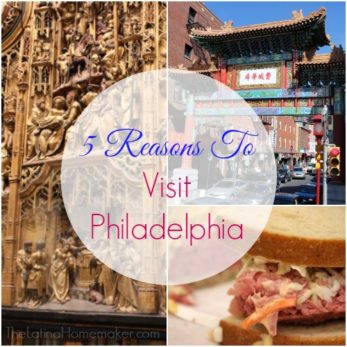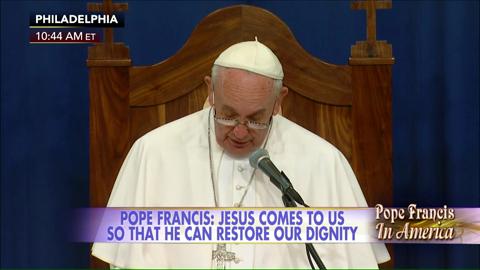

There is also American art by the Philadelphia artists Thomas Eakins, Charles Wilson Peale ("The Staircase Group", 1795), and many others. A collection of 20th-century European art is represented by Picasso, Chagall, Matisse, Miró, Paul Klee, and other artists. In other rooms are Renaissance and Baroque works and art of the 18th and 19th centuries, including pictures by Van Gogh, Renoir, Toulouse-Lautrec, Manet, Cézanne, Monet, and Degas. Among the finest sections of the museum are the medieval galleries, which include pictures by Rogier van der Weyden and the van Eyck brothers. The Philadelphia Museum of Art contains one of the United States' largest collections of paintings and other artworks. Philadelphia Museum of Art and the "Rocky Steps" Philadelphia Museum of Art The Visitor Center off Dock Street is a good place to begin the day to get current information, tickets, and walking tour maps.Ĥ. The park is also home to the Ben Franklin Museum, which has a collection of exhibits dedicated to celebrating this revolutionary inventor's many remarkable qualities. On its east side, at 55 North 5th Street, is the National Museum of American Jewish History. To the north of Independence Hall extends the park-like Independence Mall, laid out in 1948. It is flanked by Congress Hall, where the first Congress of the United States met from 1790 to 1800 and George Washington and John Adams were elected President, and Old City Hall, which was never, in fact, the town hall but was the seat of the Supreme Court from 1791 to 1800. It stood witness to the adoption of the Declaration of Independence on July 4, 1776, and the creation of the United States Constitution in 1787. Independence Hall has seen some of America's most important historical moments and hosted some of its most famous founders. In addition to housing famous sites, such as Independence Hall and the Liberty Bell, many other important attractions line the cobbled streets of this old area. Independence National Historical Park is quite possibly America's most historic square mile. Independence National Historical Park Independence National Historical Park A visit after 5pm on any day does not require a reservation.įree ESL services are available with advance request.Īddress: 143 South Third Street, Philadelphia, Pennsylvaniaģ. No bookings are required in January and February (except for President's Day and Martin Luther King Day long weekends). There is no entrance fee, but tickets ($1 reservation fee) are timed and limited, and all visitors should be prepared for security screening.Īn advance booking is required from March through December. Independence Hall sits across from the Liberty Bell Pavilion in the Independence National Historical Park. This is where the Declaration of Independence was signed and where George Washington was chosen as Commander-in-Chief of the Continental Army. The highlight is Assembly Hall, where the Second Continental Congress met behind closed doors to discuss independence from the British. It was also where the Continental Congress met again 11 years later and wrote the United States Constitution. Independence Hall originally served as the State House of the Colony of Pennsylvania and is best known as the place where the Declaration of Independence was adopted by the Continental Congress on July 4, 1776. If you're wondering where to start, begin with our list of top tourist attractions in Philadelphia.

Just south of that lies the museum district, including the Franklin Institute of Science Museum and the Academy of Natural Sciences. To the west, along the Schuylkill River, lies Fairmount Park, a vast belt of green containing numerous Federal-style mansions, as well as the Philadelphia Museum of Art and the Rodin Museum. Similarly, Germantown in northwest Philadelphia, is another old residential section, first inhabited by Germans and the Dutch.

Many of these eighteenth-century buildings have been handsomely restored. To the south lies Society Hill, the city's original residential area. Today, modern office towers exist side-by-side with the narrow cobblestone streets of Independence Historic National Park, which is home to historic buildings and sights, including the Liberty Bell, Franklin Court, and Independence Hall. Independence Hall, Philadelphia, Pennsylvania A century earlier, William Penn, a prominent Quaker and namesake of Pennsylvania, was a catalyst for the changes that transformed these British colonies into an independent nation. At Independence Hall on July 4, 1776, the Declaration of Independence was adopted, and in September 1787, the Constitution was drafted. Philadelphia is one of America's most important historical cities.


 0 kommentar(er)
0 kommentar(er)
